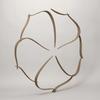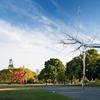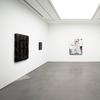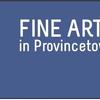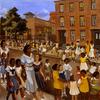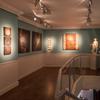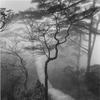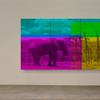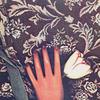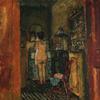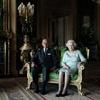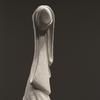Jewel City: Art from the Panama-Pacific International Exposition
- SAN FRANCISCO, California
- /
- October 19, 2015
The Fine Arts Museums of San Francisco is presenting Jewel City: Art from San Francisco’s Panama-Pacific International Exposition, on view at the de Young from October 17, 2015, through January 10, 2016. Celebrating the centennial of the 1915 Panama-Pacific International Exposition (PPIE) in San Francisco, this exhibition revisits a vital moment in the inauguration of the city as a cultural center on the West Coast.
The PPIE was a world’s fair hosted by San Francisco to commemorate the opening of the Panama Canal and also served to promote the city’s recovery following the 1906 earthquake. At the heart of the PPIE was one of the most ambitious art exhibitions ever presented in the United States. It included a comprehensive survey of American painting, sculpture and printmaking as well as European works drawn from international public and private collections.
“The curatorial team has spent more than three years assembling this ambitious exhibition that recreates highlights of the original Exposition of 1915,” said James Ganz, curator of the Achenbach Foundation for Graphic Arts at the Fine Arts Museums of San Francisco and lead curator of Jewel City. “Our efforts to identify and locate actual works of art shown in the PPIE have led from our own storerooms to holdings as far away as Budapest, Hungary. In a way, we are following in the footsteps of the original organizers as we bring back to San Francisco a compelling array of significant works by American and European artists last seen together here a century ago.”
Jewel City will present a series of galleries devoted to the main artistic venues of the fair—the Palace of Fine Arts and the Fine Arts Annex—as well as the French Pavilion, bringing together more than 200 paintings, sculptures, prints and photographs by major American and European artists that were among the works on view at the PPIE, which numbered an estimated 20,000. Jewel City features works from more than 70 international lenders as well as works drawn extensively from the Museums’ own permanent collections. These artworks have not been seen together in the 100 years since the PPIE was held, and they may never be reunited in an exhibition again.
Among the featured paintings will be Winslow Homer’s Saco Bay (1896), a dramatic seascape set near the artist’s home at Prouts Neck, Maine, as well as The Sketchers (1913) by John Singer Sargent, a painting of artists working en plein air. Jewel City will also display etchings by James McNeill Whistler and John Sloan, in addition to photographs by Ansel Adams, Paul Strand, Edward Weston and Imogen Cunningham.
Joining these highlights of American art will be French works such as Claude Monet’s Rouen Cathedral Facade (1892), one of a number of paintings on loan from the Musée d’Orsay in Paris. The French Pavilion at the PPIE—which would later inspire the construction of the California Palace of the Legion of Honor—was housed in a building modeled on the Palais de la Légion d’Honneur in Paris. Alma de Bretteville Spreckels, who would be the force behind the creation of San Francisco’s Legion of Honor, was the most important American lender to the French Pavilion. The Age of Bronze (ca. 1875–1877) by Auguste Rodin, whose work has become a celebrated part of the permanent collection at the Legion of Honor, will also be on view.
Additional avant-garde works from other European nations, which shocked visitors to the Fine Arts Annex in 1915, are also featured in Jewel City, including examples of Hungarian modernism, Austrian Expressionism and Italian Futurism. Six major Italian Futurist works, including paintings by Umberto Boccioni, Gino Severini, and Luigi Russolo, reveal the movement’s obsession with mechanization, light, electricity and progress—all major themes of the PPIE as well.
Prints at the Fair
Thousands of prints were displayed throughout the Palace of Fine Arts and its Annex at the PPIE, many in spaces devoted entirely to works on paper. As part of Jewel City, a satellite exhibition, Prints at the Fair, will feature approximately seventy-five such works, including etchings, woodcuts and lithographs, in a thematic display that shows the various preoccupations of American artists in the early twentieth century.
William de Leftwich Dodge’s Atlantic and Pacific
In July 2015, William de Leftwich Dodge’s mural Atlantic and Pacific was installed in Wilsey Court in preparation for Jewel City. The mural was commissioned for the Panama-Pacific International Exposition and was originally installed in an archway beneath the Tower of Jewels, the fair’s architectural centerpiece. Before going on view at the de Young, the canvas had been kept rolled up in storage for nearly 100 years.

